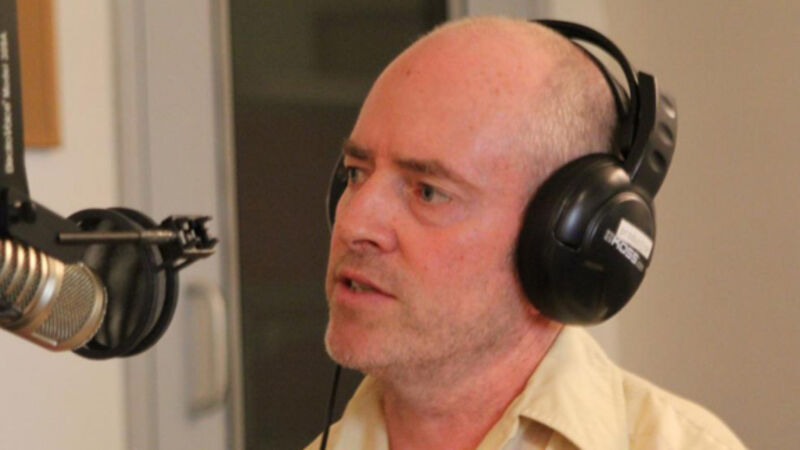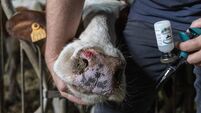Oliver Moore: Report raises red flag over herbicides

The cause? A recent assessment by the World Health Organization’s specialised cancer agency, the International Agency for Research on Cancer (IARC). The IARC recently made the assessment that glyphosate “probably causes cancer”.
The IARC assessed the carcinogenicity of five organophosphate pesticides. The herbicide glyphosate and the insecticides malathion and diazinon were classified as “probably carcinogenic to humans (Group 2A).”










